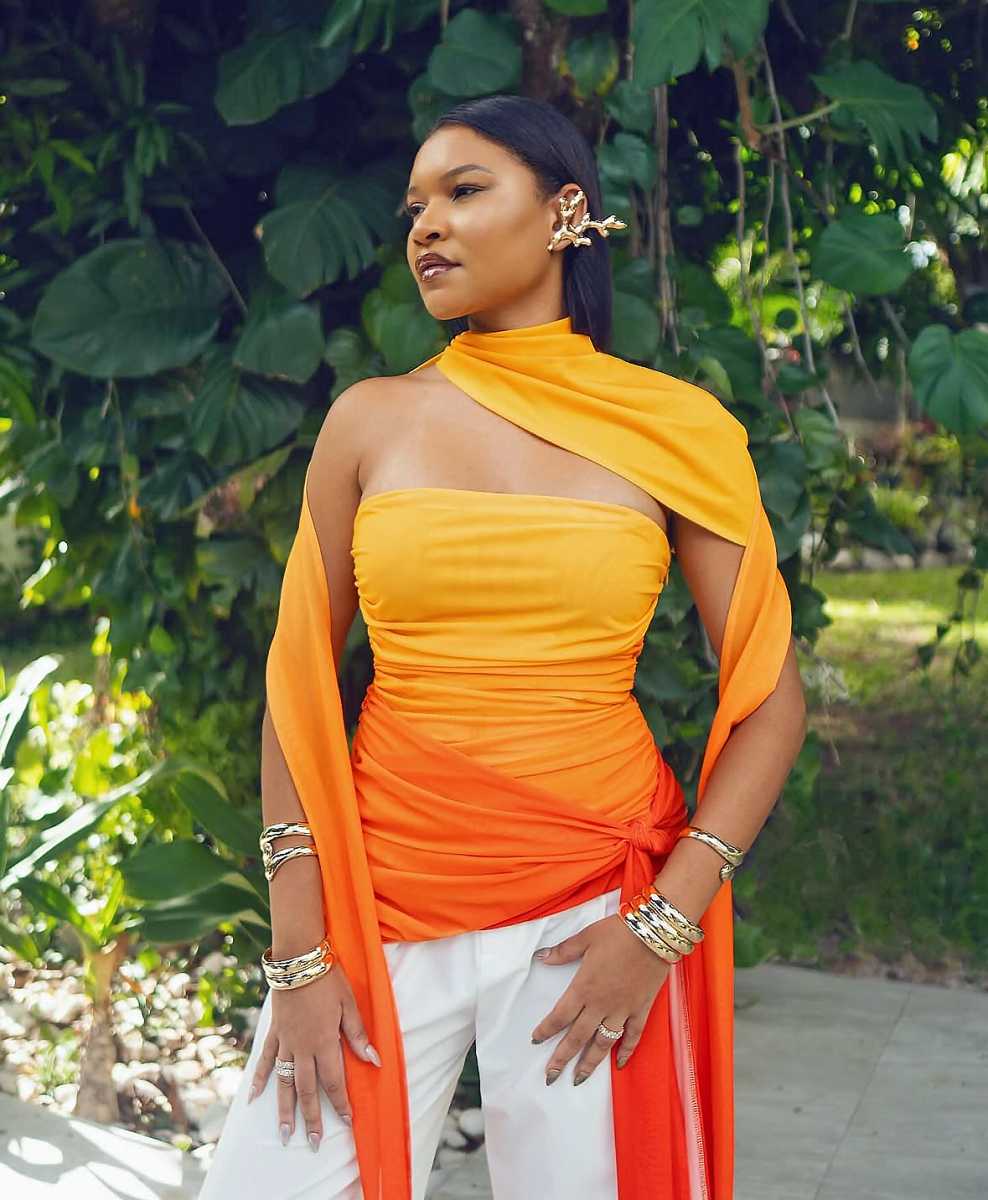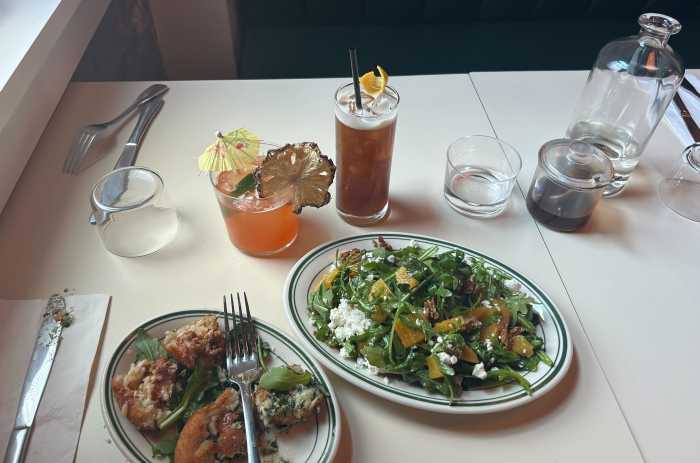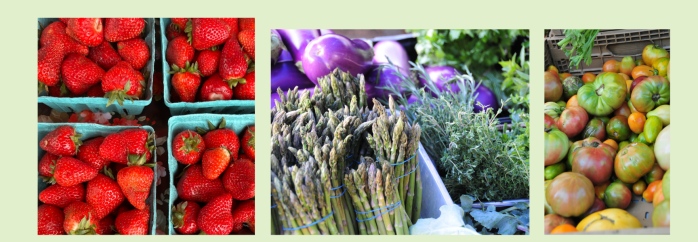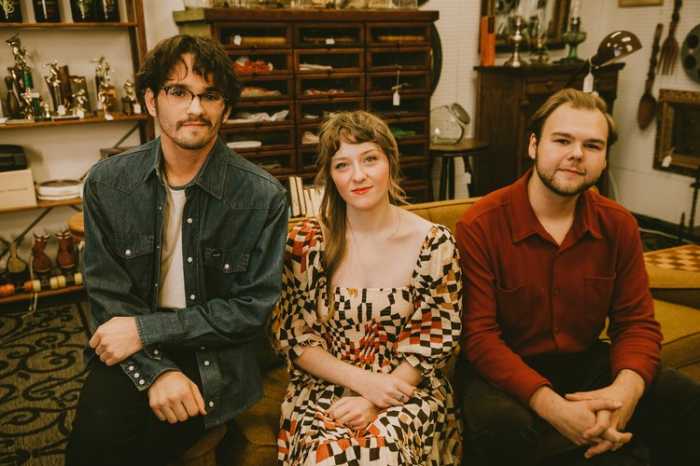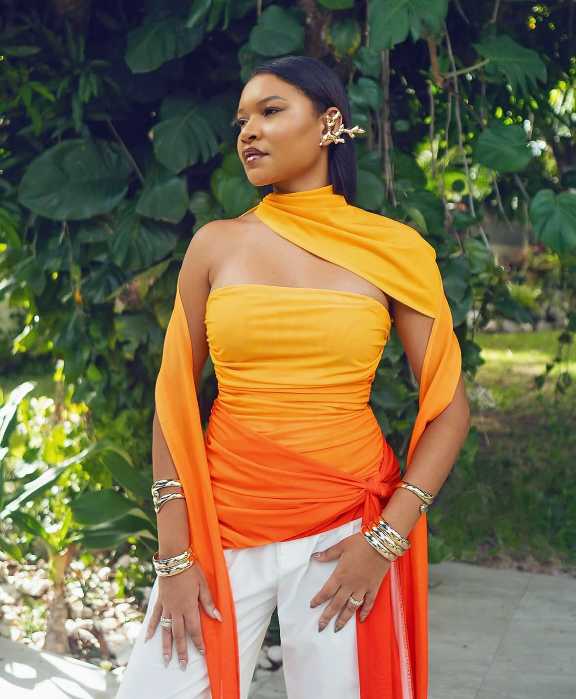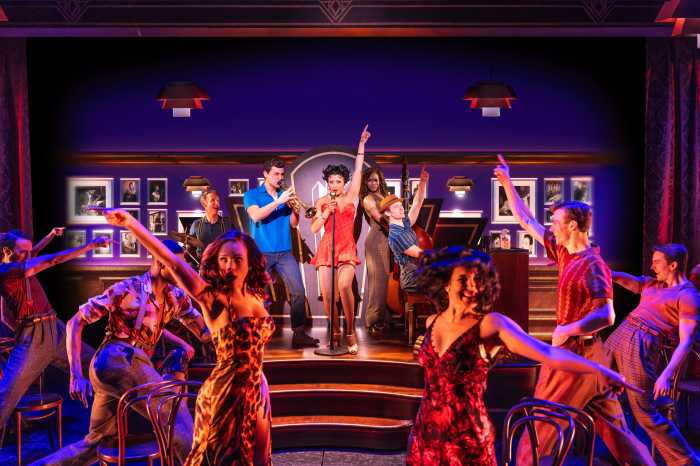It’s not the futuristic nude sculptures or trippy, Alice in Wonderland–style magic mushrooms growing out of the floor that has tongues wagging about the “Murakami” exhibition that opens April 5 at the Brooklyn Museum. It’s the 550-square-foot Louis Vuitton boutique, hawking $5,000 purses and $10,000 canvases within the show, which seems to be the real sensation.
“Truly, one of the key points of the exhibition is Takashi Murakami’s direct engagement with many different cultural spheres and mediums,” said Brooklyn Museum Director Arnold Lehman. “The Louis Vuitton designs are not offshoots, they are the work itself. The permanent galleries are filled with objects that, in the past or in current times, you could buy in retail stores.”
He cited silver from Tiffany and Herman Miller furniture, and said, “We believe they represent the highest aesthetic achievement of their historic period.”
Murakami, a Tokyo native, is best known in the art world for pioneering “Super flat,” a combination of anime and comic styles that flattens its subjects on a canvas. To many people, however, he is known as the artist behind the 2003 Vuitton line that featured smiling flowers, and a later line that covered the classic monogrammed leather in cartoon cherries. Additionally, Murakami has designed album covers for Kanye West, the rapper who was scheduled to perform — at press time — at Thursday’s “Brooklyn Ball” in Murakami’s honor.
Walking through his exhibit, which sprawls through two floors of the museum and even spills into the stairwells, it’s hard not to concur with Lehman. While one could grumble about the sullying of art through commerce, it takes little more than a glance to see the same affect that “Tan Tan Bo” — a manic, psychedelic painting that reconfigures a comic book character — has can also be achieved on a pricey handbag or a $40 T-shirt in the museum’s own gift shop.
What Murakami’s selling isn’t leather goods or clothing or stuffed animals, it’s a piece of his Wonkaesque world, where teenage aliens fall in love with classmates, and the artist’s alter ego, “DOB,” bounces from frame to sensory-overload-inducing frame.
That’s what should have the borough crowing: the overwhelming, exciting exhibit that — while not an original show, it was imported from the Los Angeles Museum of Contemporary Art — is a large Technicolor feather in the Brooklyn Museum’s cap.
Gallery surfaces are covered in unexpected ways — the stairwells splashed with camouflage and a skull print, another room’s floor is done up with cartoon cracks — that make “Murakami” more than the sum of its parts.
And while Murakami’s sculpture, like “Flower Matango” (2001-2006), which looks like a gumball machine on steroids, and paintings, like “Super Nova” (1999), which has the appearance of an explosion in a candy store, or perhaps a mushroom cloud expanding over Nagasaki and Hiroshima, are bright and thought-provoking, it’s the extra touches that truly make the show shine.
But there’s more to Murakami than sunshine and horny robots. The artist, whose group of collaborators works under the name “Kaikai Kiki,” has installed the “Kaikai Kiki Merchandise Display Room” directly beneath the Vuitton outpost. Purporting to sell key chains, toys, clothing and books that aren’t really for sale, the shop pokes fun at Murakami’s retail success.
Sitting at the press preview for the exhibit in a dark suit, white sneakers and silver tie, Murakami, 45, spoke little but nodded enthusiastically as Lehman and Paul Schimmel, chief curator of LAMoCA, explained the juxtaposition of handmade and mass reproduced work.
“This is an exciting interrelation between the world of art and luxury in a vibrant and dynamic fashion,” Vuitton Chairman Yves Carcelle said in a statement.
The brand’s Artistic Director, Marc Jacobs, said, “It has been and continues to be a monumental marriage of art and commerce. The ultimate cross-over, one for both the fashion and art history books.”
Murakami isn’t just another artist blithely tossing his work onto a product though. His work comments on the commercialism that he is part of.
“It is the co-mingling of these ideas and cultures that is central to his practice,” said Schimmel, just before Murakami, smiling like one of the flowers in his paintings, bounded off the stage and into the bright lights of a waiting television camera.

“Murakami” is on exhibit April 5 through July 13 at the Brooklyn Museum (200 Eastern Pkwy. at Washington Avenue in Prospect Heights). Tickets are $10, $8 for seniors and students, and include museum admission. For information, call (718) 638-5000 or visit www.brooklynmuseum.org.



